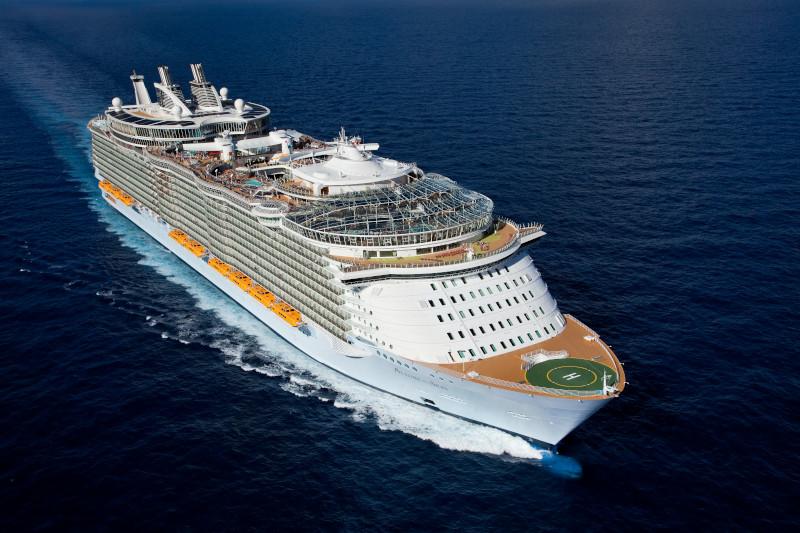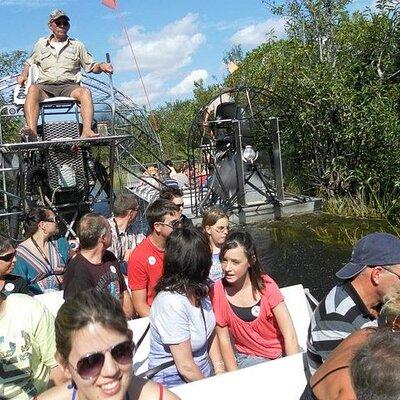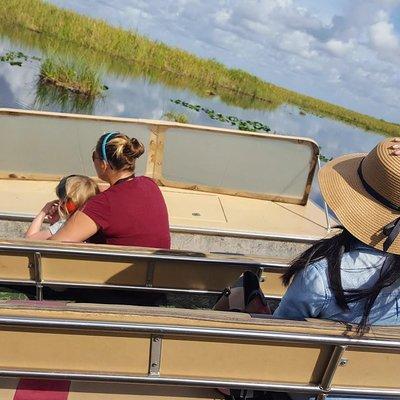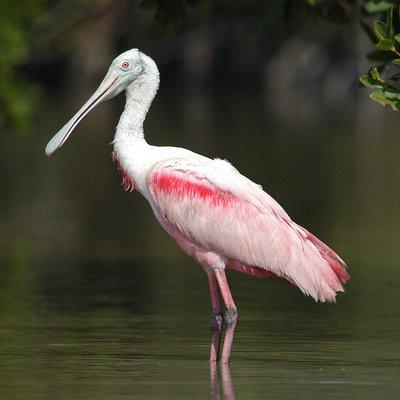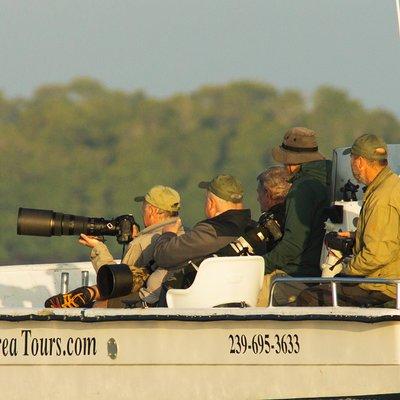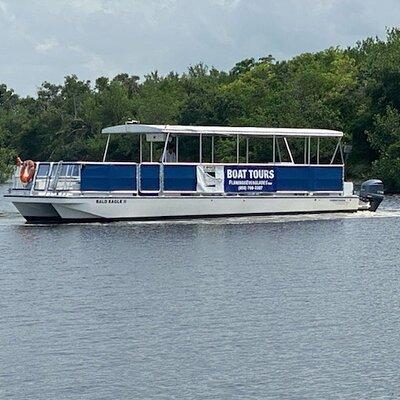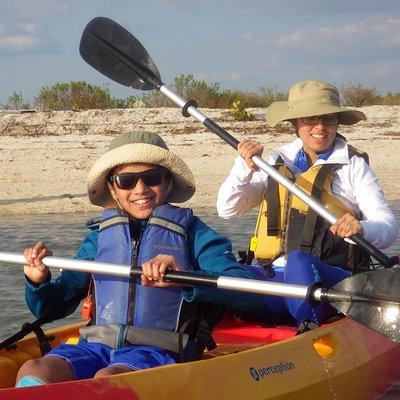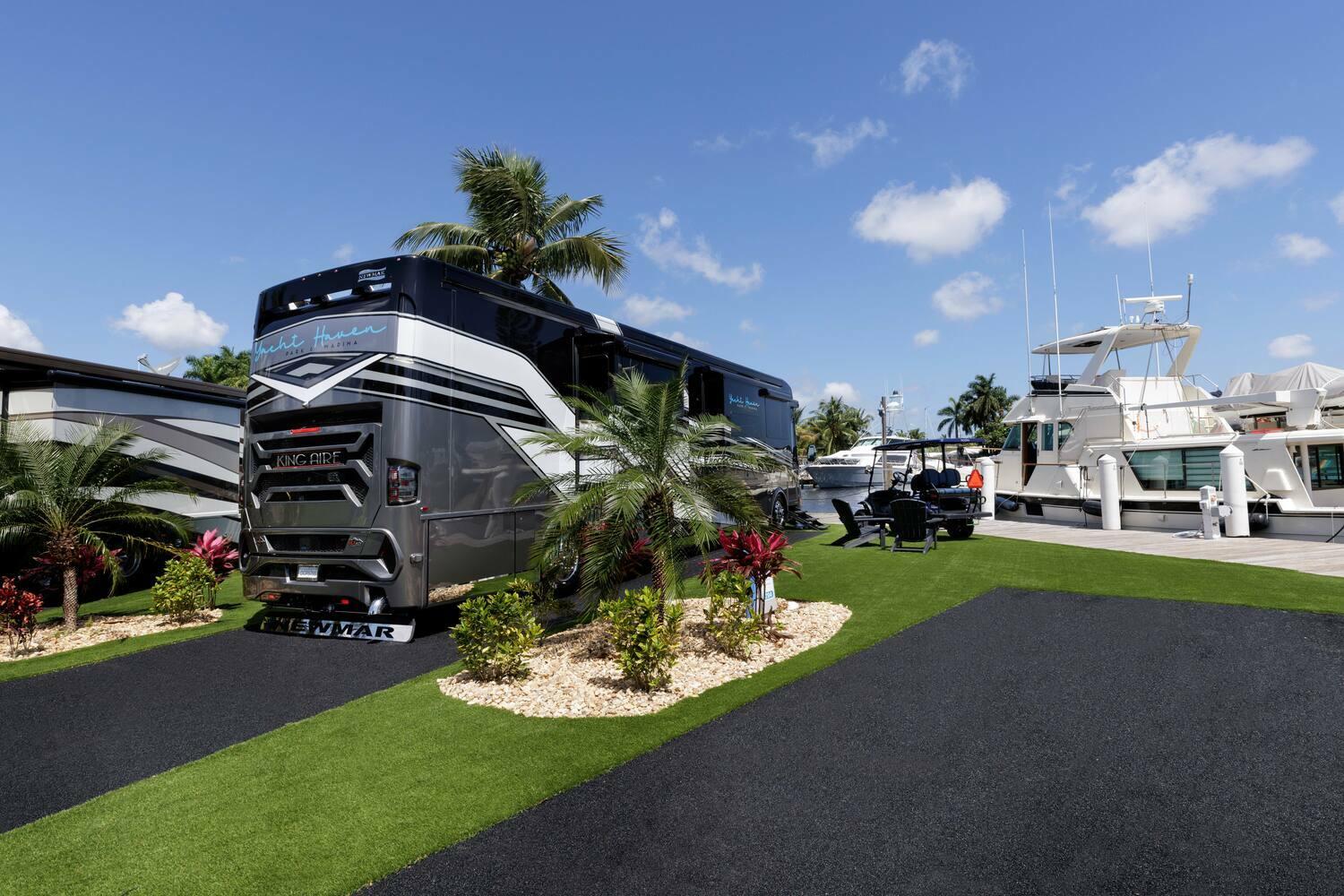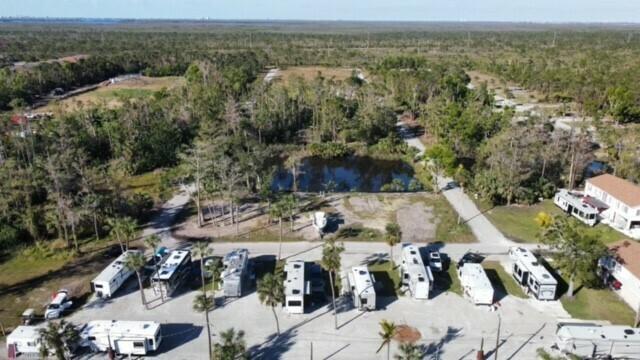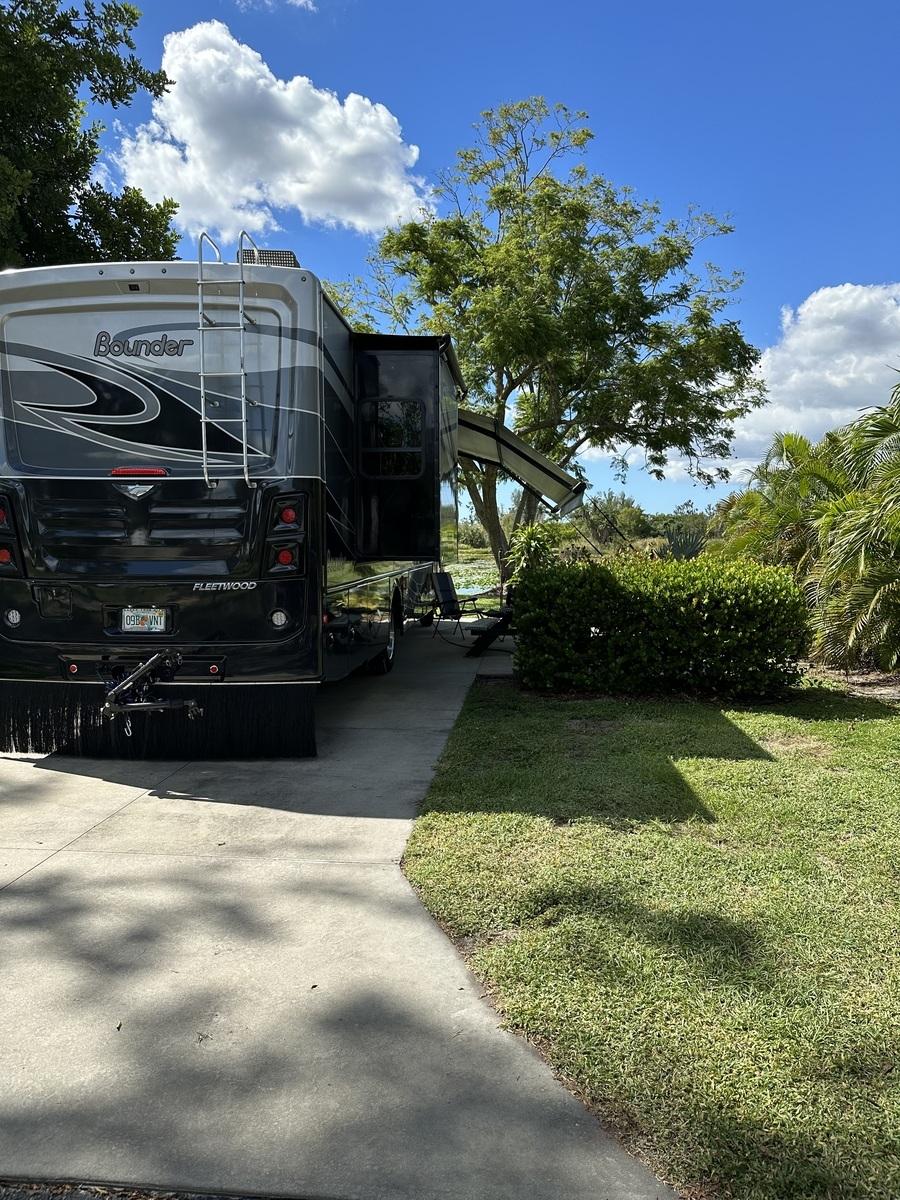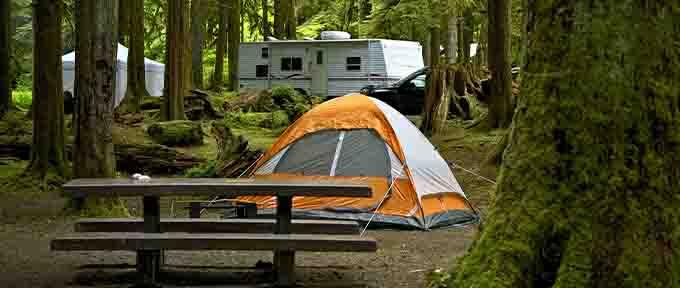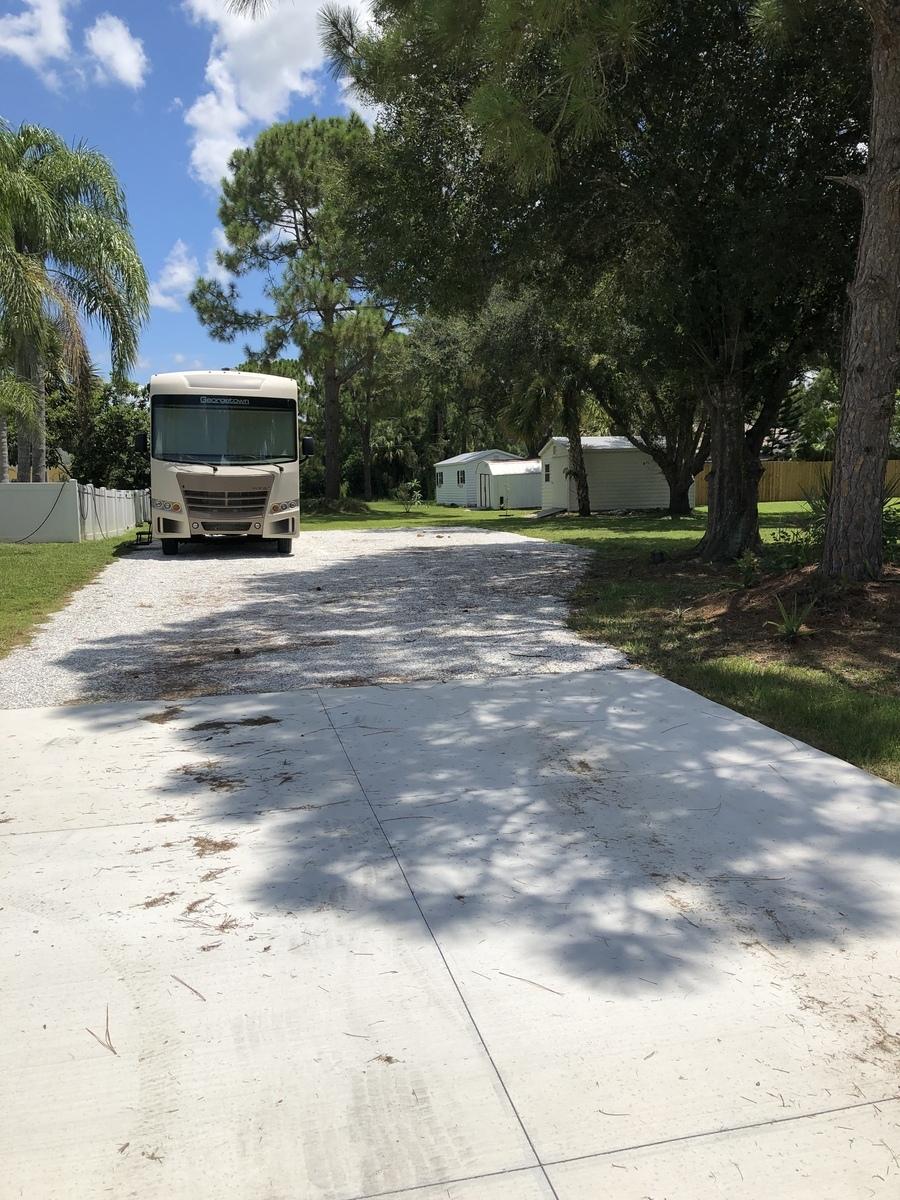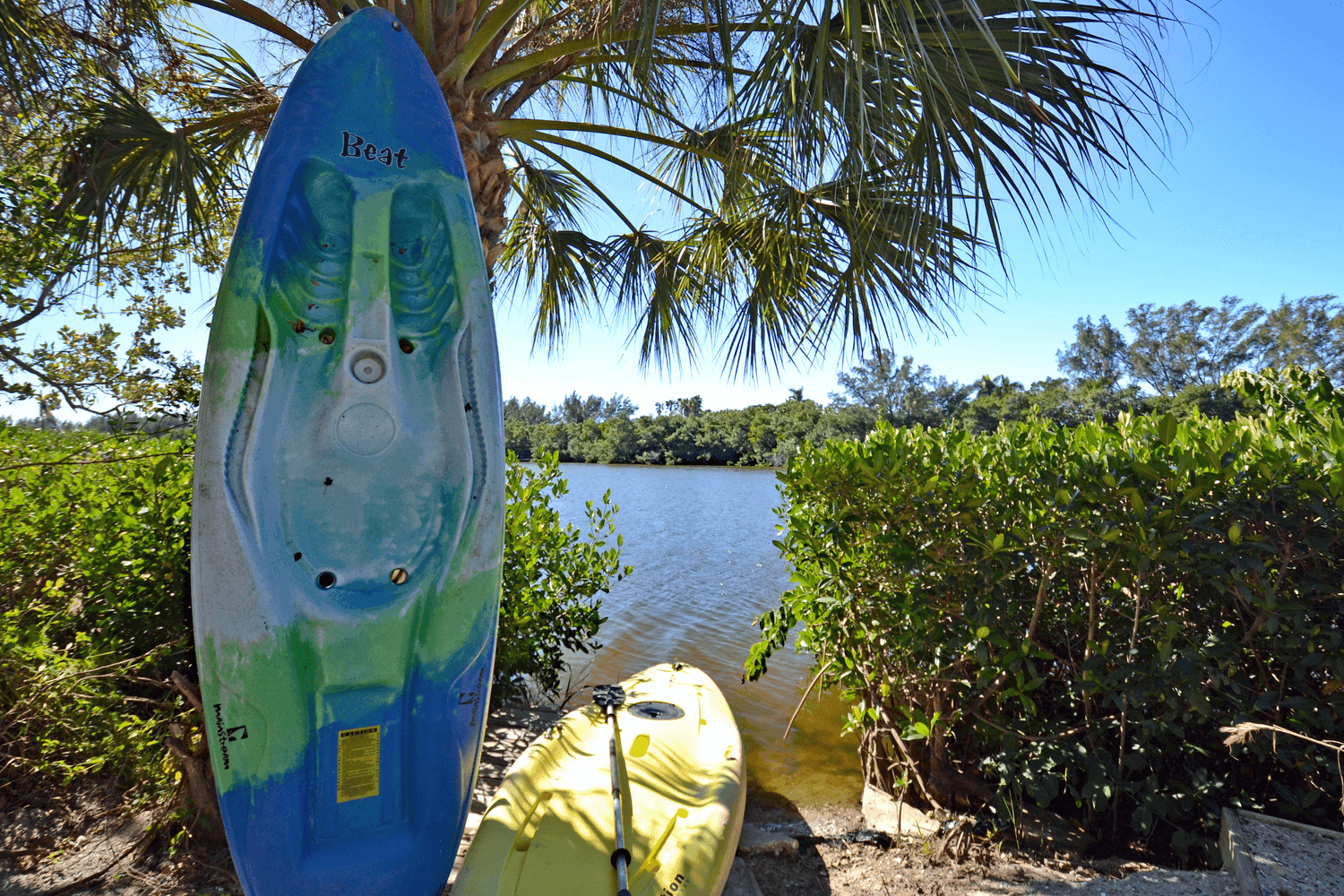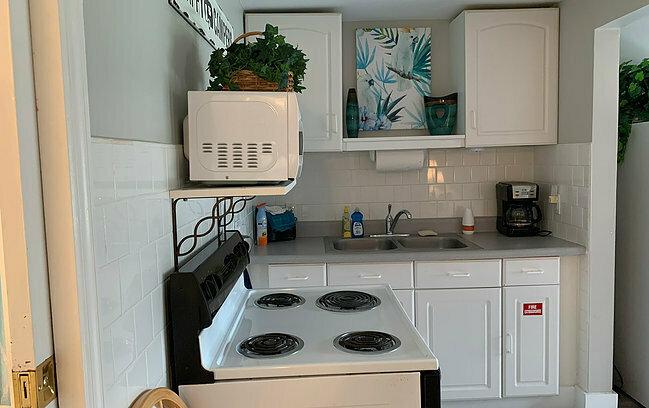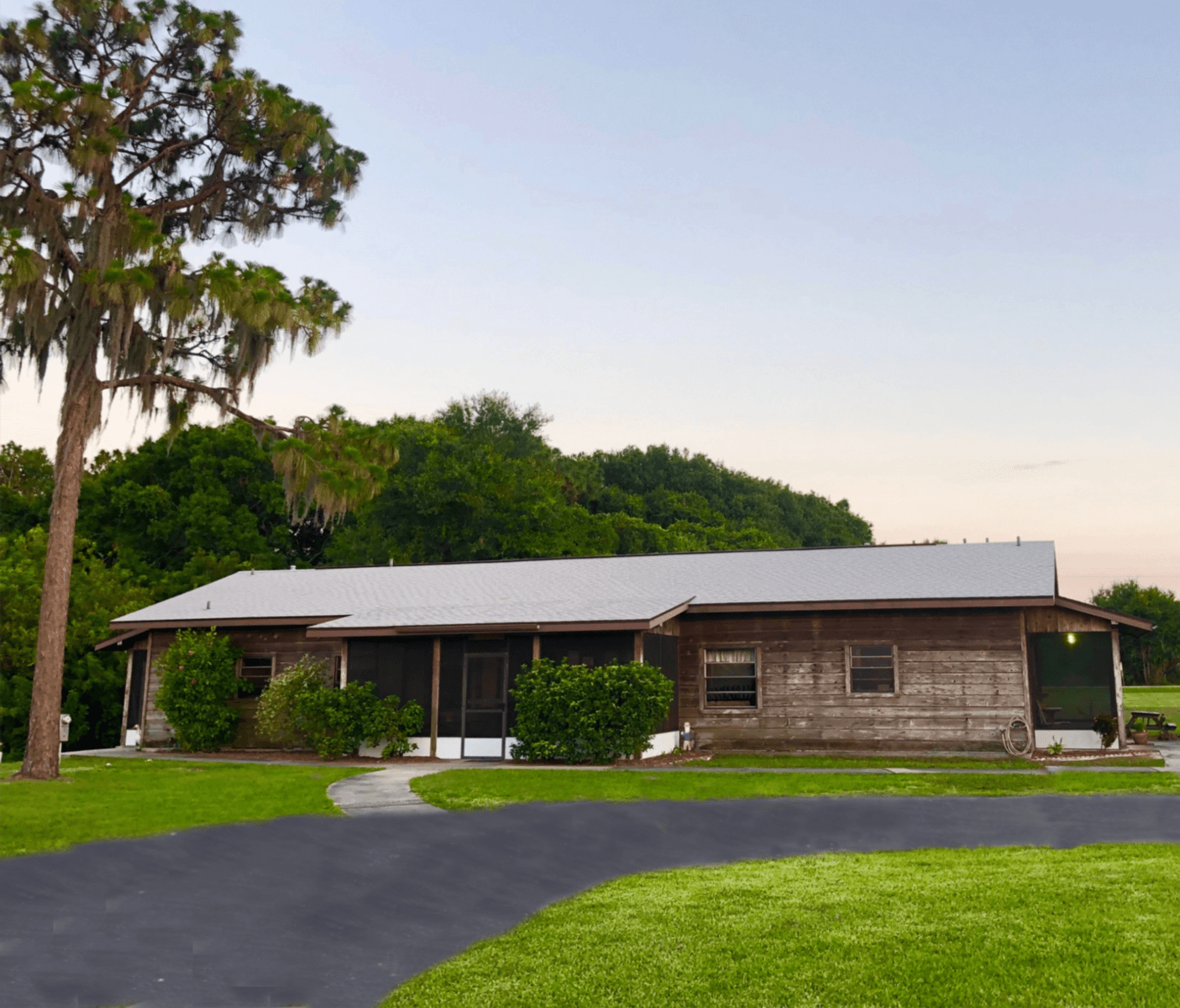
The park's main entrance is reached via SR 9336 from US 1 at Florida City. Everglades National Park, the largest remaining subtropical wilderness in the nation, is a diverse and intricately linked series of habitats sheltering a variety of plants and animals, including 39 species listed as threatened or endangered, or which are candidates for listing. The park contains more than 1.5 million acres of natural habitat, half of them water, and includes Cape Sable, the southernmost point on the U.S. mainland. From Cape Sable the park extends 45 miles north along the Gulf of Mexico and 30 miles east, including Florida Bay. Learn More...
Royal Caribbean

Royal Caribbean
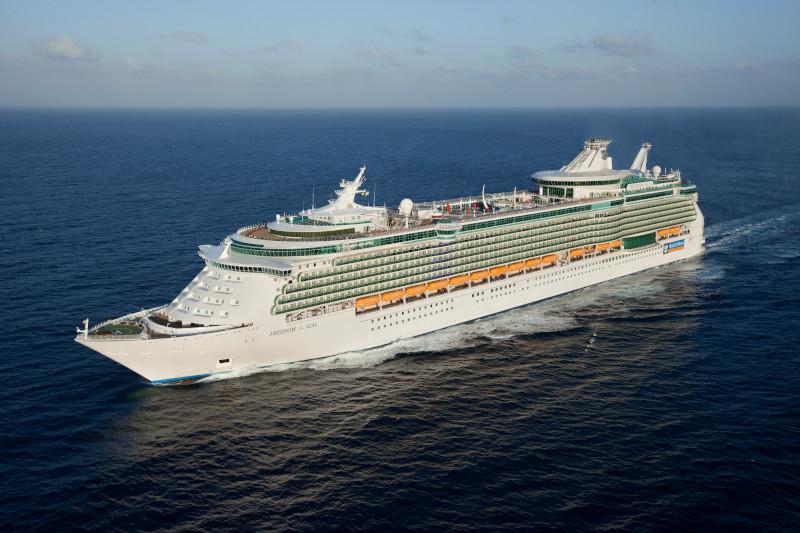
Celebrity
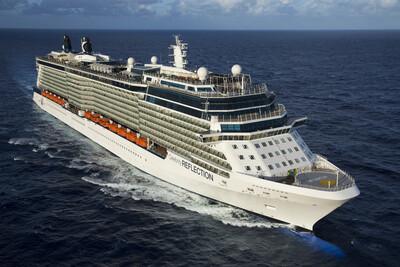
Royal Caribbean
